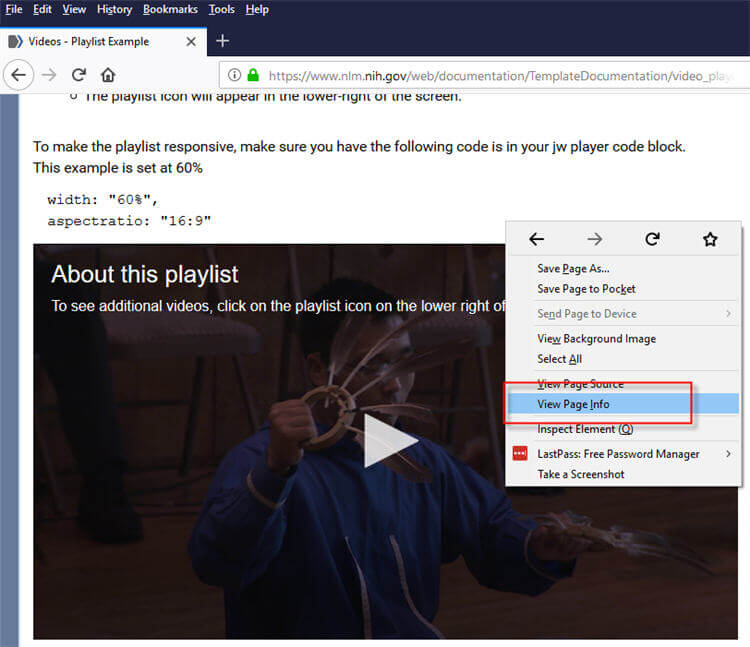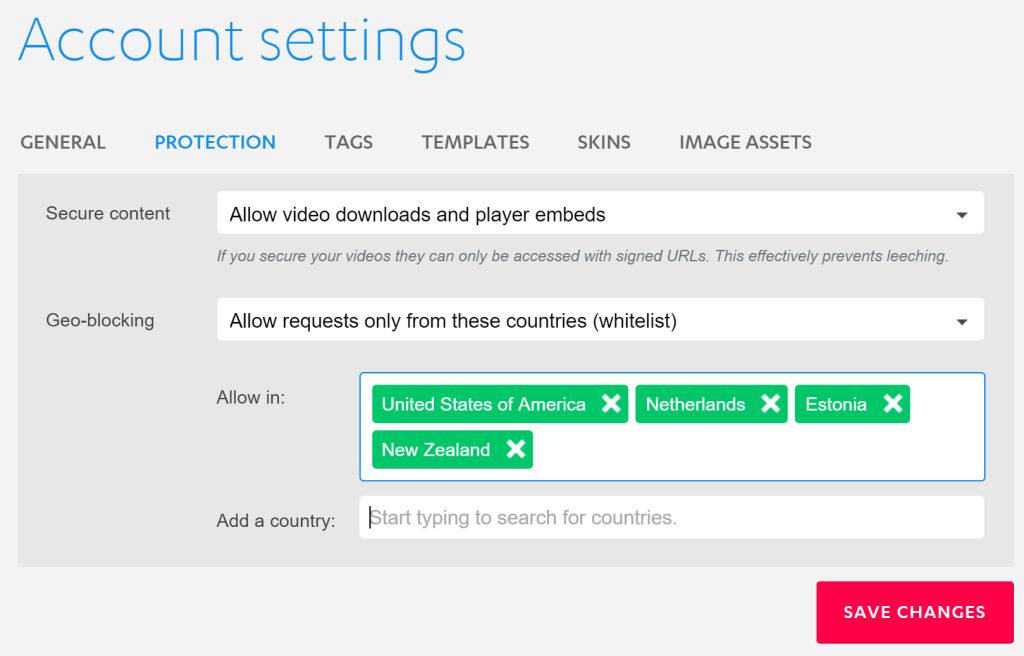
LaPalomento: Right now we're generally satisfied with capped CRF and we're not actively looking around for different approaches to that. Streaming Media: How's that? How does that work as a per-title technology? Is that effective for you? Streaming Media: Are you still doing capped CRF for both on the VOD side? And I think that that's something we definitely are interested in exploring, but we haven't really ruled that out yet. LaPalomento: We're not using VPN today on live.

Streaming Media: What about the live side are you using VP9 there as well? If you have an audience that is fragmented across VP9 and H264, you're adding another entry into that cache that you have to make sure has enough traffic for it to stay in there, or you end up going back to an origin and ruining the experience for somebody. The other thing to think about is there's a possibility that you were adding to your cache pressure that you're putting on the CDN for particular pieces of content. And then so that adds to your storage bill, even if it's a smaller actual file size. The other factor in is that you are storing extra renditions or of your content. LaPalomento: Well, a big tradeoff is that it takes longer and it's more computationally expensive. Streaming Media: So, what are the tradeoffs as VP9? and most people get by and do very well with H.264 still. So really, it's our sophisticated customers who tend to take advantage of VP9 in their actual deployments. But it's more complex to deploy VP9 still today, and there are tradeoffs that you have to consider if you wanted to play it. We have VP9 available to customers and we do have a bunch of customers who have deployed it. LaPalomento: So, I would say H.264 leads the pack still. What codecs are you using today for live and VOD? But from a compression standpoint, you were one of the first to deploy VP9 and one of the first to deploy capped CRF. Streaming Media: So, JW is notable for many reasons. There's a lot of reality of engineering that goes on day to day, which, you know, is higher layers above that stuff. Do I use the building blocks every day? Probably not. But yeah, I think it's good building blocks. I think that's something I was interested to do is do in university. It's nice to have the vocabulary to talk about it, but I don't and can't beat regular expressions. So, I think there's still aspects of like analyzing algorithms and systems that is useful. Streaming Media: How much of what you learned then is relevant to what you do now? We are in a space which is uniquely challenging in terms of technology and still keeps me excited. I have fallen in love with all of the technical challenges we have. I was one of the early people playing around with using that to actually deliver HLS video on the web, which is now a pretty foundational component of most people's web presence, at least. So, I spent a bunch of years doing that when Media Source Extensions came around.

I kind of fell in love with the engineering problems that we have to face every day in the video realm, and particularly digital video. I was a developer looking for a challenging field where you could be set with hard problems and got involved with an effort years and years ago to turn Flash video players into HTML. I kind of I guess I kind of stumbled into video. How did you were you start and how did you get into compression? Streaming Media: Tell us about your training.
Information about jw player full#
We've expanded into full platforms that includes transcoding and delivery and storage, live video and all sorts of tools and solutions for people who want to deliver video over the Internet.

And really had a incredible following from developers and other media companies around JW Player. And I think we have started years and years back as the earliest way to get video playing on the Web. So JW Player is a complete video platform for publishers, for broadcasters and media companies. Take a moment and tell us about JW Player, your positioning and clients that you serve. Streaming Media: I'm here today with David LaPalomento, CTO of online video platform JW Player. That's why we were eager to hear the views of CTO David LaPalomento on codec usage, the future of per-title technology, dynamic and static packaging, and the challenges that advertising insertion places on streaming delivery. JW Player is also a pioneer in video delivery, one of the first online video platforms to deploy the VP9 codec and one of the first to use per-title technology. With a global footprint of over 1 billion unique viewers, JW Player streams a lot of videos to a lot of viewers. JW Player is a global product and service provider that enables customers like Fox, Viacom, Univision, and Eurosport to play, stream, monetize and engage their viewers.


 0 kommentar(er)
0 kommentar(er)
